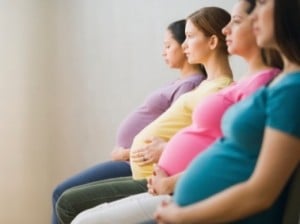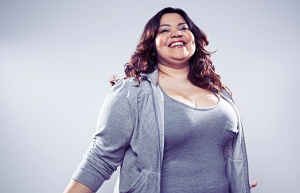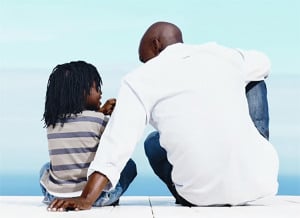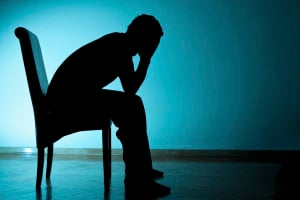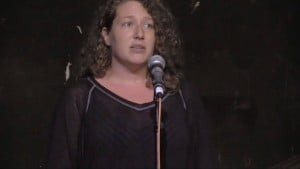Francesca Fiorentini: Illegal immigration in the US is often talked about in the abstract. It’s about policy, borders, and laws. But what is it like for the roughly 30,000 immigrants who are held in detention centers around the country on any given day? Not good. Little to no legal representation, lack of medical services, sexual abuse, malnutrition, and solitary confinement. Those are just some of the issues plaguing these usually privately run detention facilities.
Text: 62% privately owned
Francesca Fiorentini: The most vulnerable of the detainees are women and children. In 2014, 60,000 families, most of them from Central America, crossed the US-Mexico border in search of safety and better lives. So what happens to families who are detained by border patrol? They’re sent to family “detention centers” where immigrant women and children are held for months at a time.
They’re never charged with a crime nor granted any legal rights. And they face bonds as high as $15,000.
The two main family detention centers are in Texas and can hold up to 3,000 women and children at a time. Hundreds have already been deported, though, forced back into situations that caused them to leave in the first place. Situations like rampant gang and drug violence in El Salvador, Honduras, and Guatemala. I spoke via Skype with Yanira. In January, she fled with her three children because gangs had threatened her family.
Yanira: (in Spanish) They killed my nephew and my cousin’s husband. Then last year, they killed my cousin. So they threatened that if I didn’t do what they told me the same thing that happened to my family would happen to us. And that was one of the reasons I decided to come here.
Francesca Fiorentini: Yanira and her children were held in a small cell with another family for over two months before being released while they wait for their deportation hearing. She says they were made to feel like criminals. And that’s kind of the point.
Secretary of Homeland Security Jeh Johnson says the centers are supposed to send a message. That if you come into the US illegally, “We will send you back.”
But Mohammad Abdollahi Raices who works with these families says detention centers send a different message.
Mohammad Abdollahi Raices: What the US government essentially is doing with the running of these family detention centers is preventing refugees from being able to see safety. Which is the responsibility of every country to provide refugees with protections.
Francesca Fiorentini: Immigrant and human rights groups are petitioning for families like Yanira’s to receive political asylum. They also supported hunger strikes led by detained women protesting unsafe conditions in the facilities. Ultimately, they want the family detention centers phased out and for these immigrants to live with relatives while they await deportation hearings.
But fixing the root causes of immigration to the US? Well, you’ll have to watch other AJ+ videos for all that.





